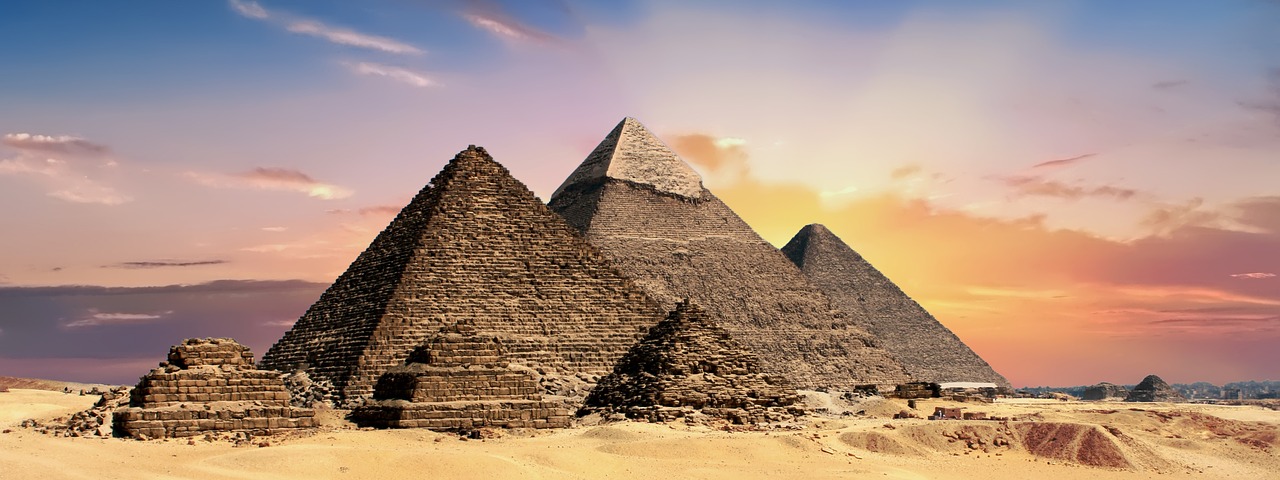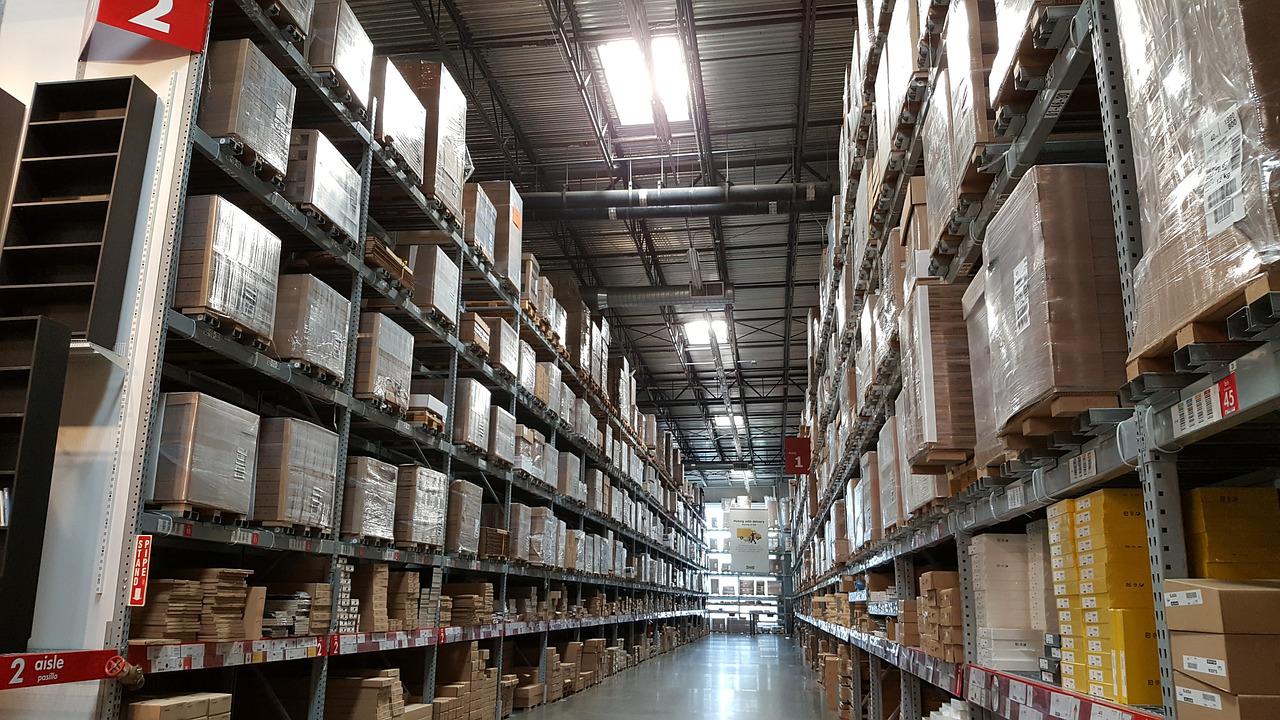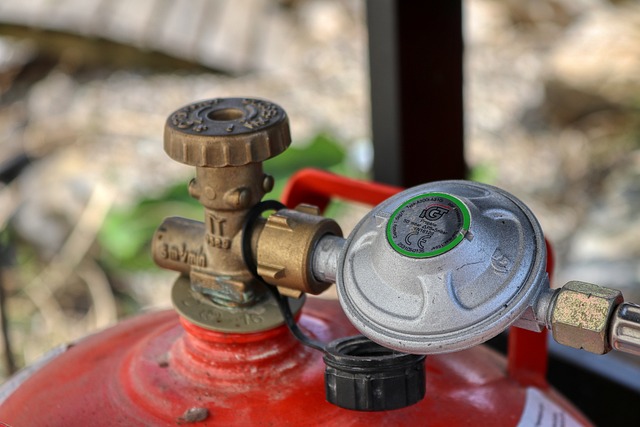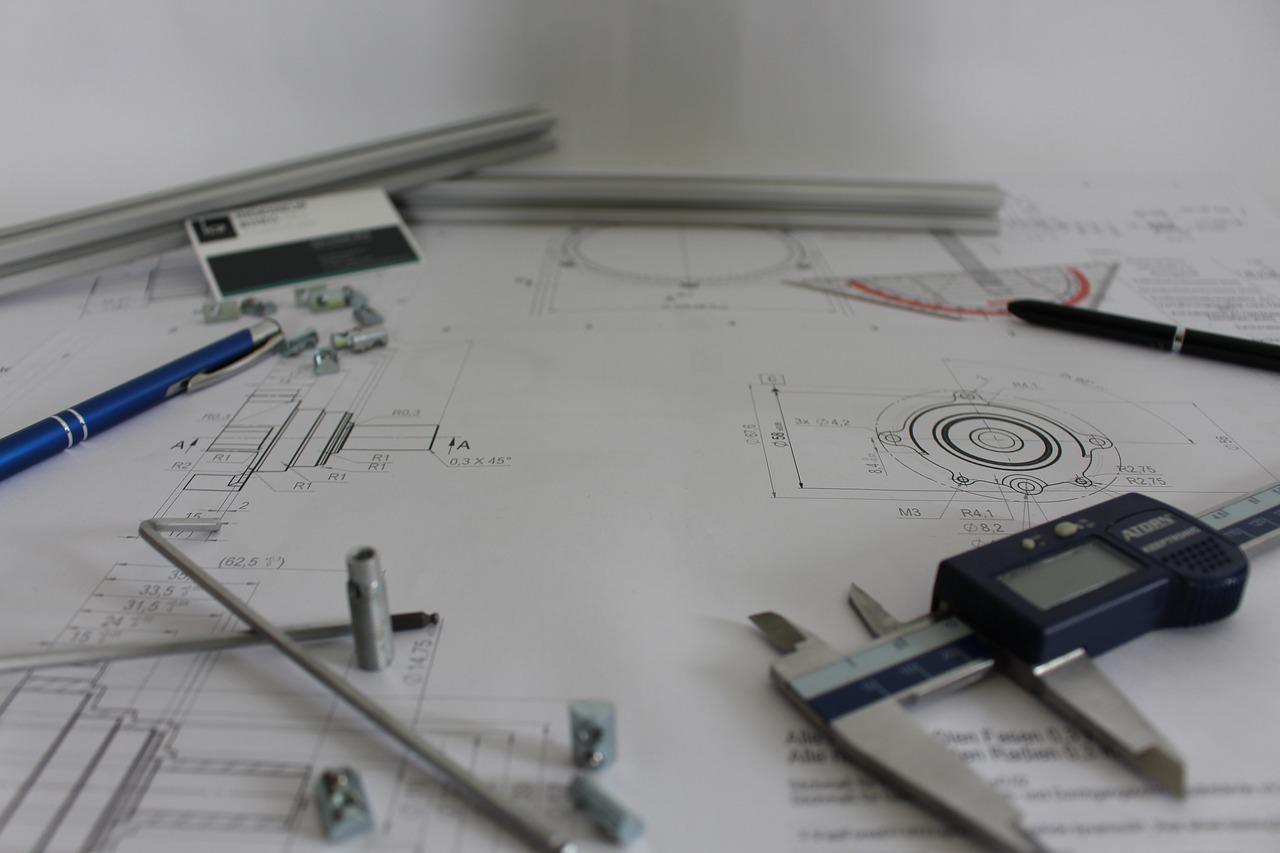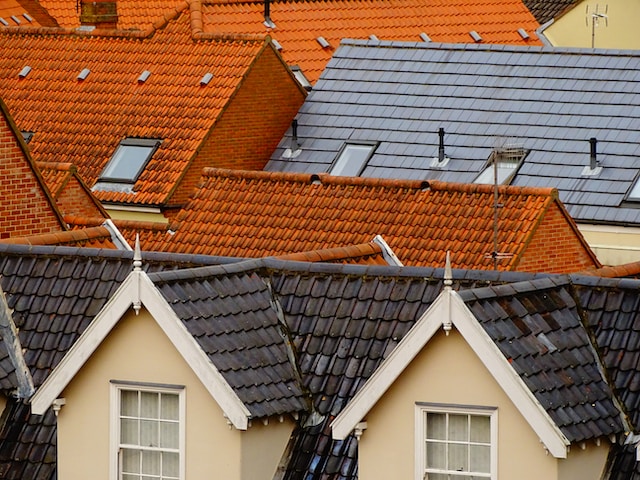While civilization blossomed in a narrow strip of land in the valley and delta of the Nile River in early times, today, 83 million Egyptians are now densely packed into just 3 percent of the land which is arable. Egypt’s planners are undertaking many projects to redistribute the population by creating new areas that can sustain life by diverting the Nile to the Sahara desert, in effect, creating new oases.
The South Valley Development project, an attempt to relocate up to 6 million Egyptians was started in the 1980s to convert one million “feddans” (1.038 million acres) of the Sahara Desert into land for agricultural and industrial development and secondarily to promote economic activity that would reduce high rates of unemployment amongst Egypt’s youth.
Extensive hydrographic and hydraulic analyses were undertaken to chose the best location for the project and its intake feeders. Planners chose Toshka, East Oweinat and the New Valley oases as the best location for the new development; these areas already had pristine land that supported crops and the idea was to expand them.
The first stage was building the largest pumping station in the world, the Mubarak Pumping Station, at a cost of $2.4 billion. The station was constructed north of Lake Nassar. It has 24 pumps with total maximum discharge of five billion cubic meters per year or 360 cubic meters per second. The main control room oversees all the head regulators, the cross regulators through an electronic system called “Escade System.” The pumping station uses a 230 kV line from the Asawan High Dam, about 250 kilometers south west of it. Mubarak Pumping Station is “smart” in that it uses state of the art pumps to regulate the flow of water according to actual irrigation requirements downstream.
Next was building the Sheikh Zayed Canal, a 310 kilometer (193 mile) concrete lined canal, 30 meters wide at the bottom, 54 meters wide at the surface and 6 meters deep, to move water from Lake Nassar to the project area. The canal has four branches that pass through four regions, Toshka, East Oweinat, Northwest Gulf of Suez and North Sinai, irrigating them. The canals contain regulators to control the flow of water, five bridges, and a spillway to divert excessive volumes of water.
While the project has made significant progress there is still a lot of work to do and the project is scheduled for completion in 2020.
As the world’s population continues to grow the demand for water grows along with it. Experts and activists believe we are on the verge of a new era in which water demand exceeds availability by 50%, leading to tensions and disputes due to water scarcity, degradation of water quality, and a growing population desperately seeking new sources of this life sustaining resource. Mega projects are springing up all around the globe to redistribute water to make better use of it, including producing hydroelectric power to increasing the amount of arable land.

